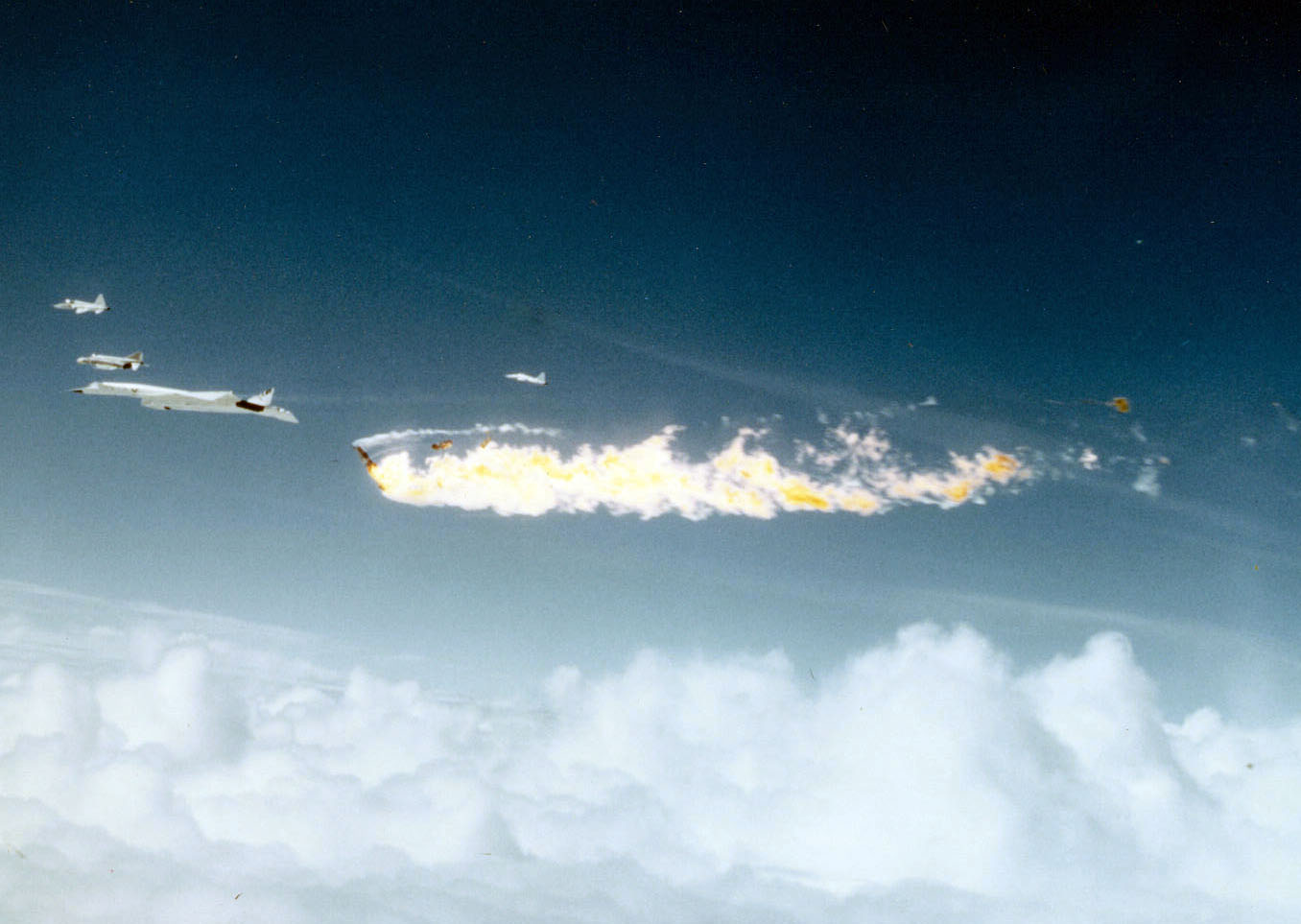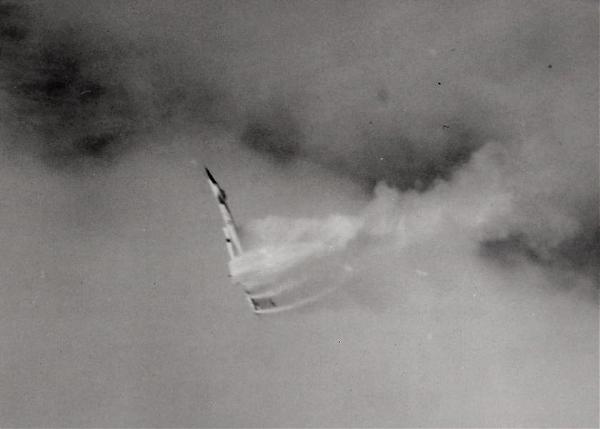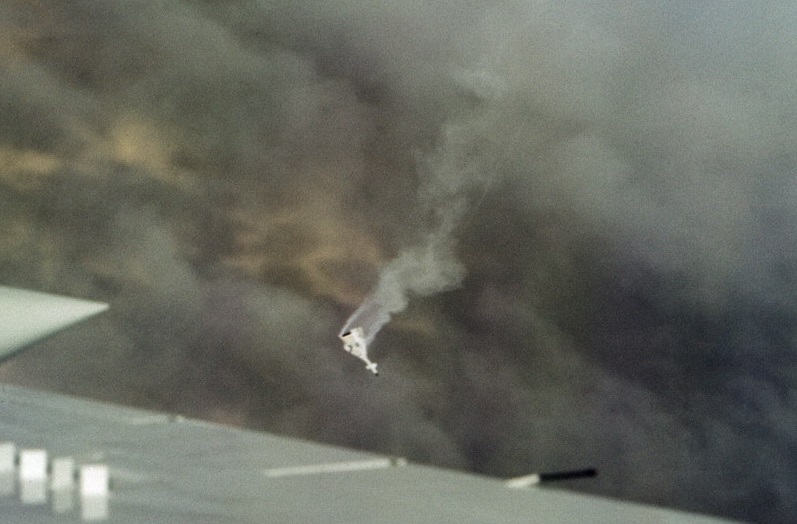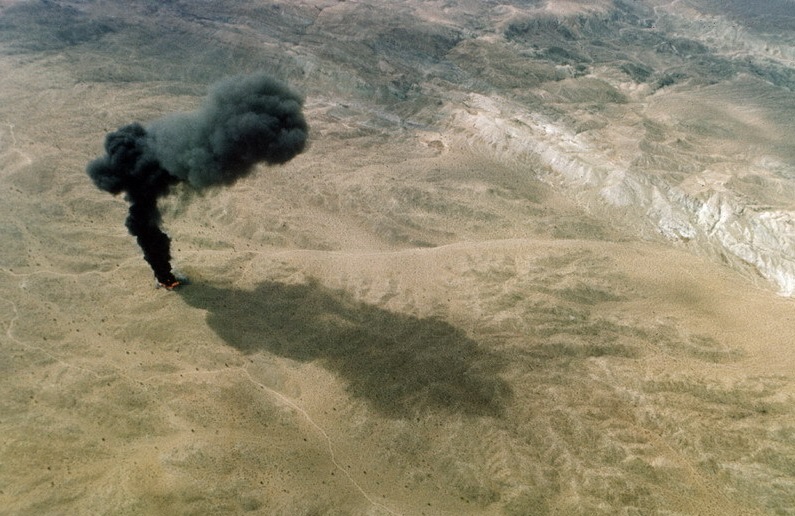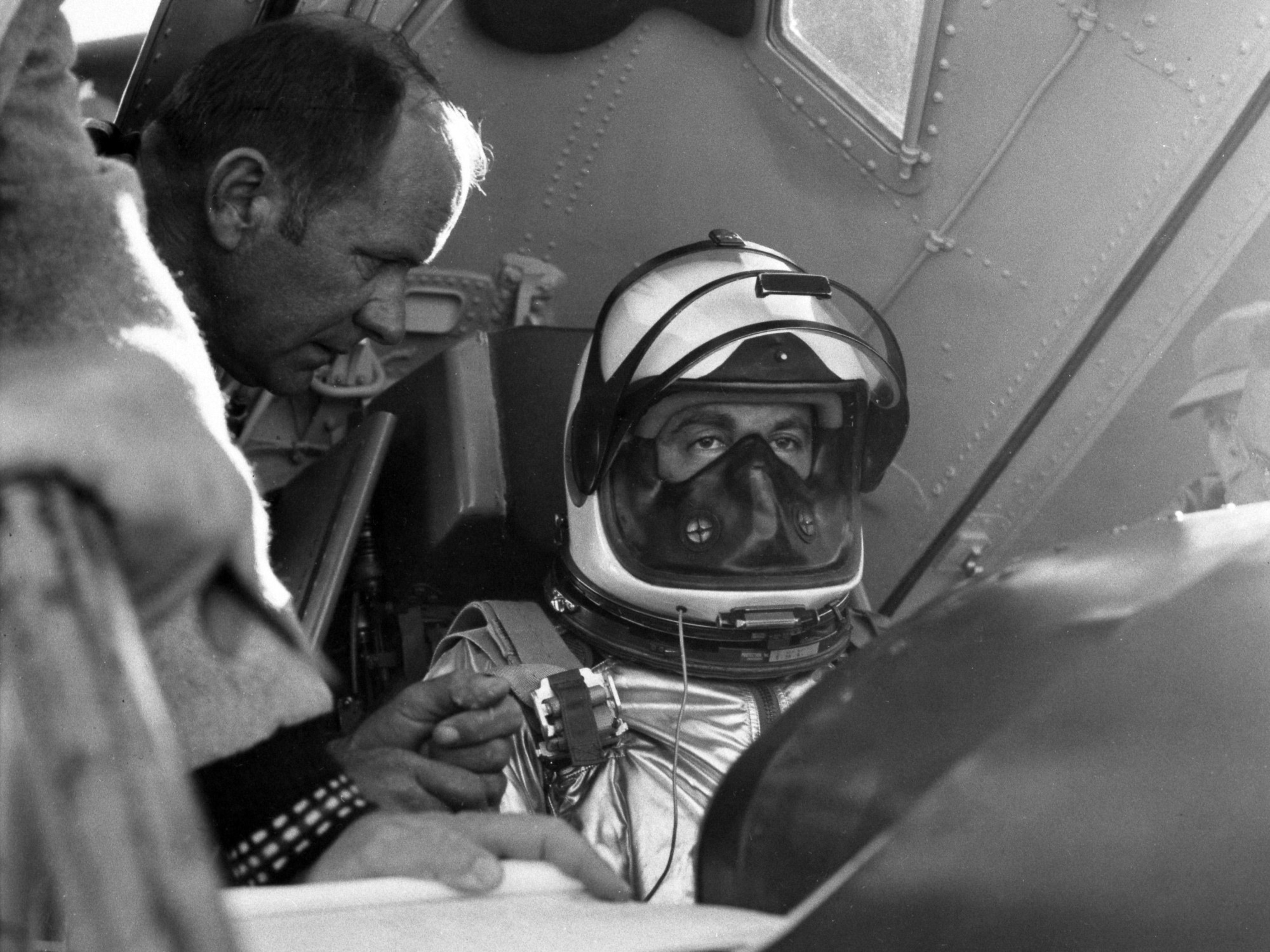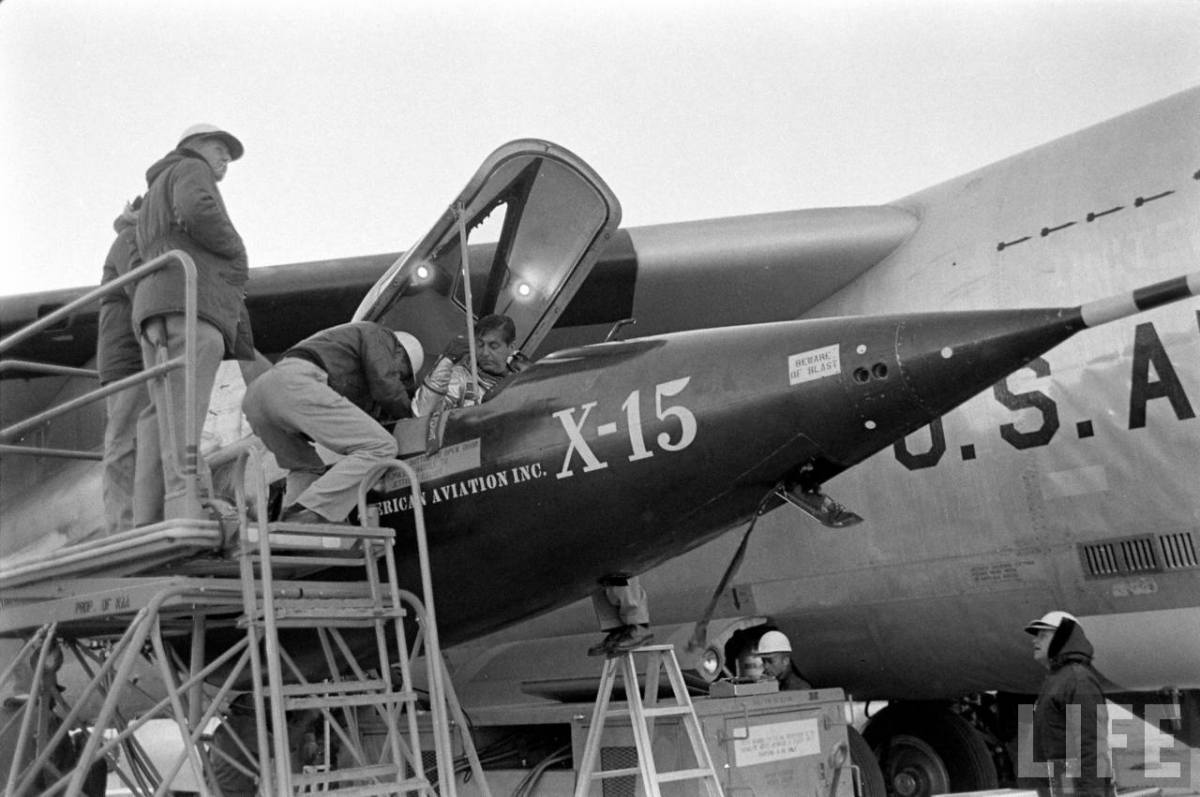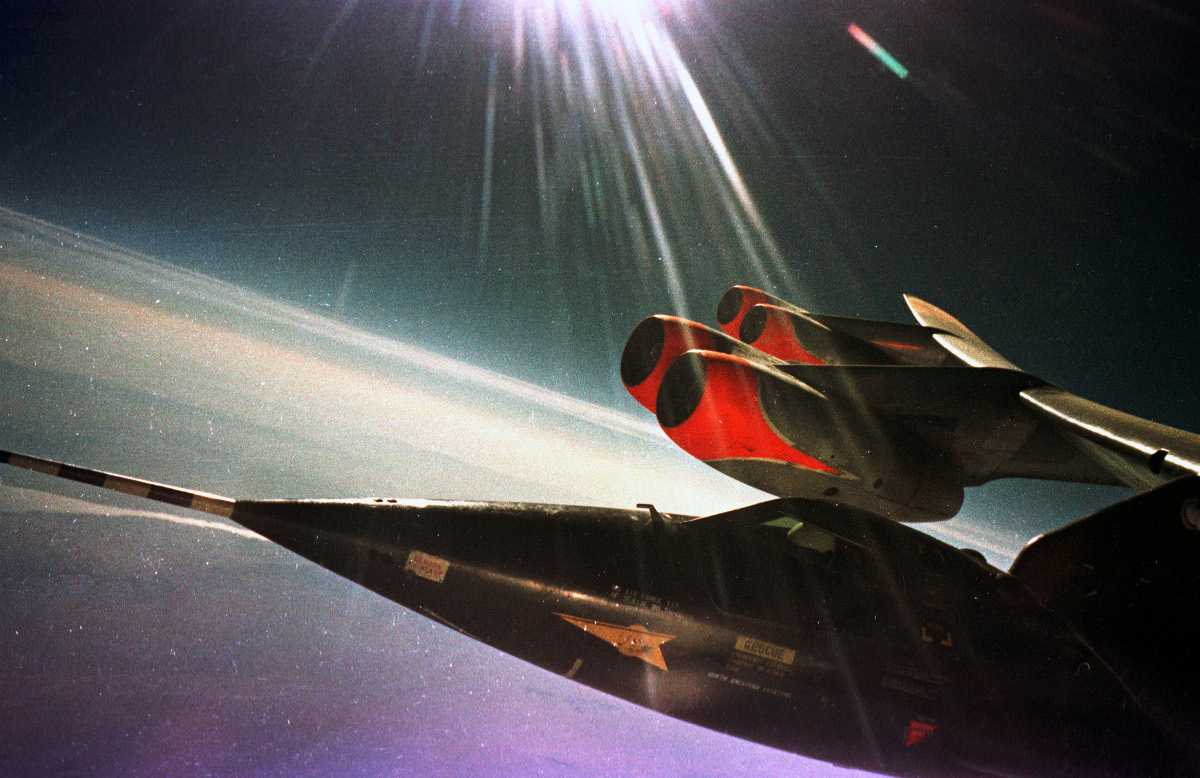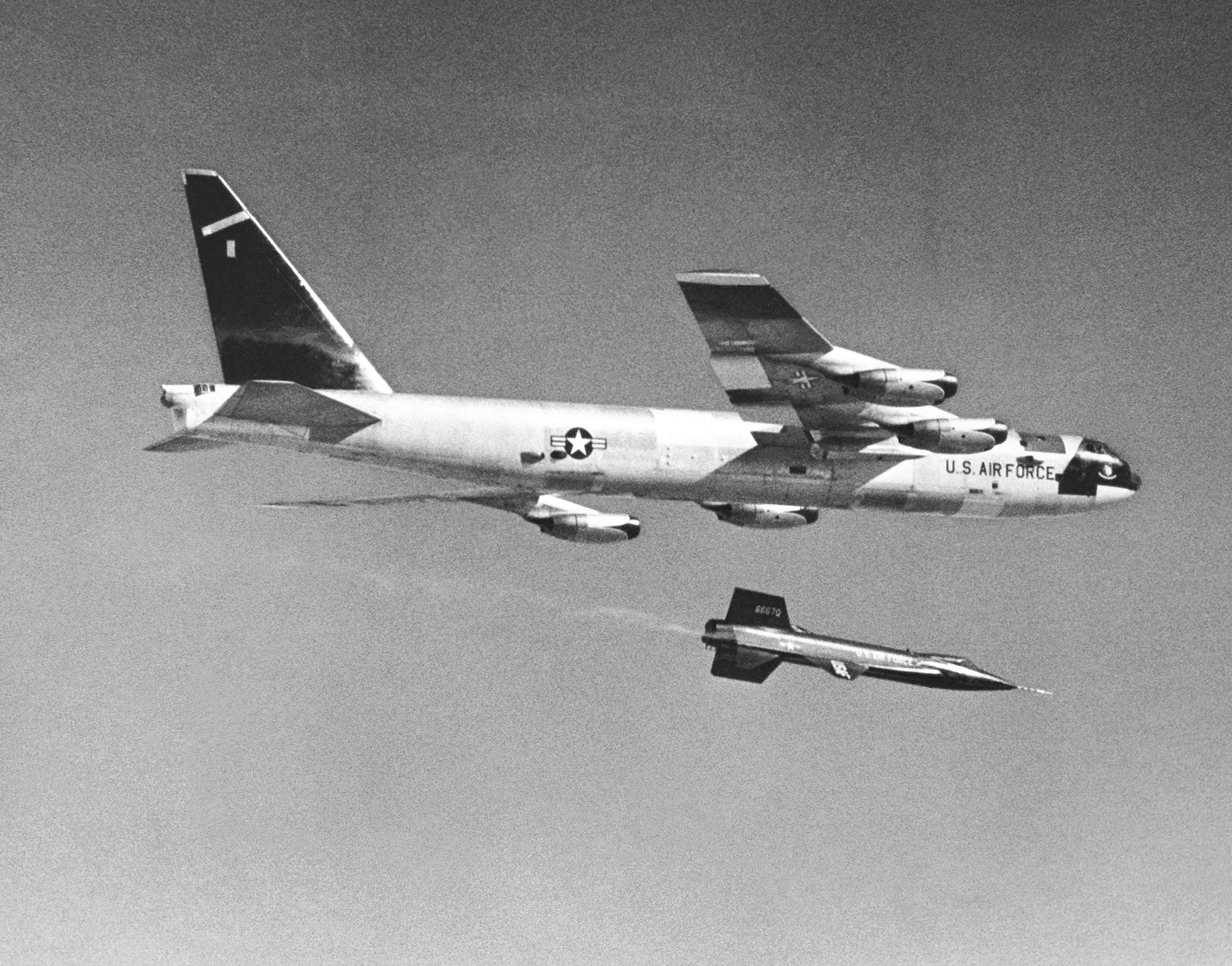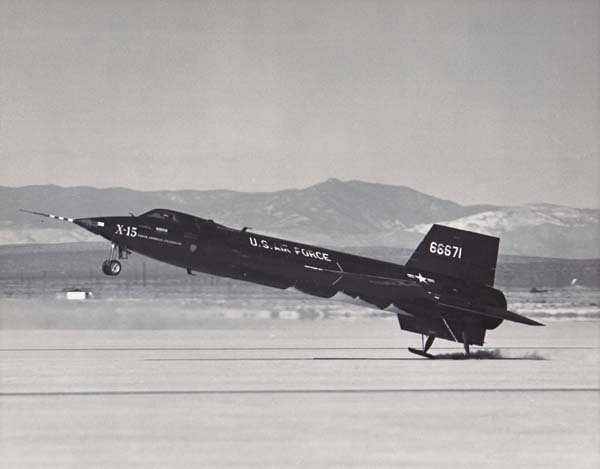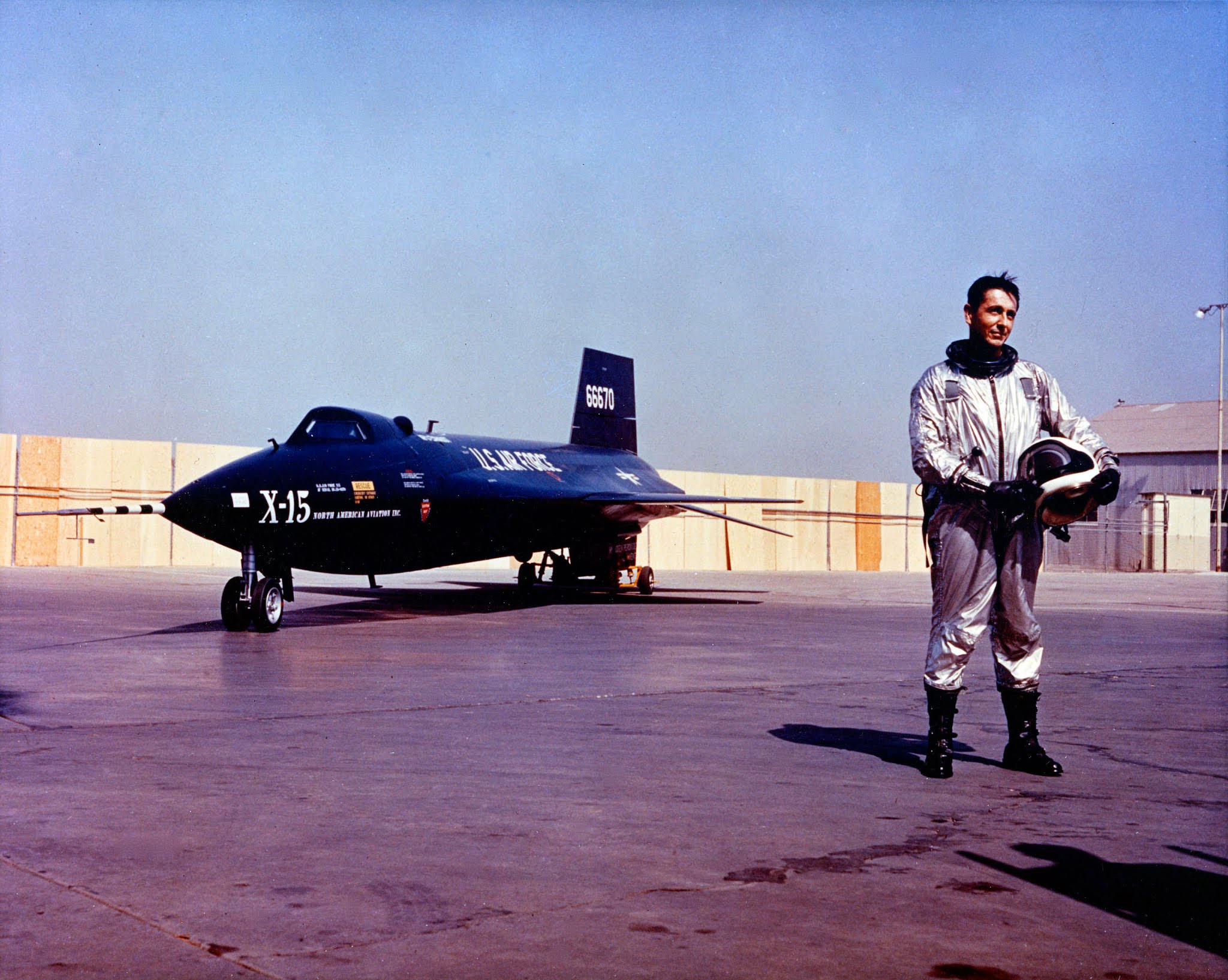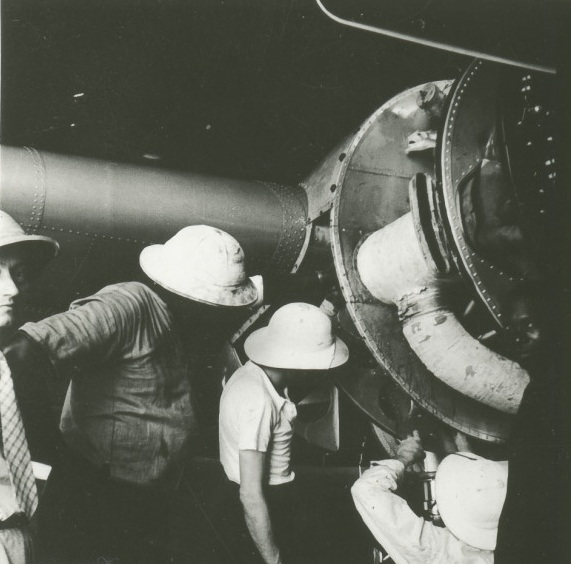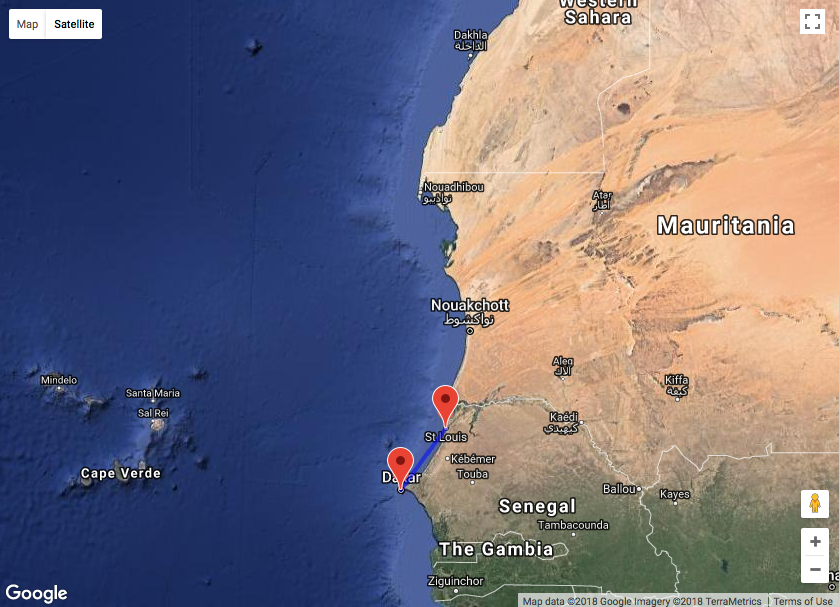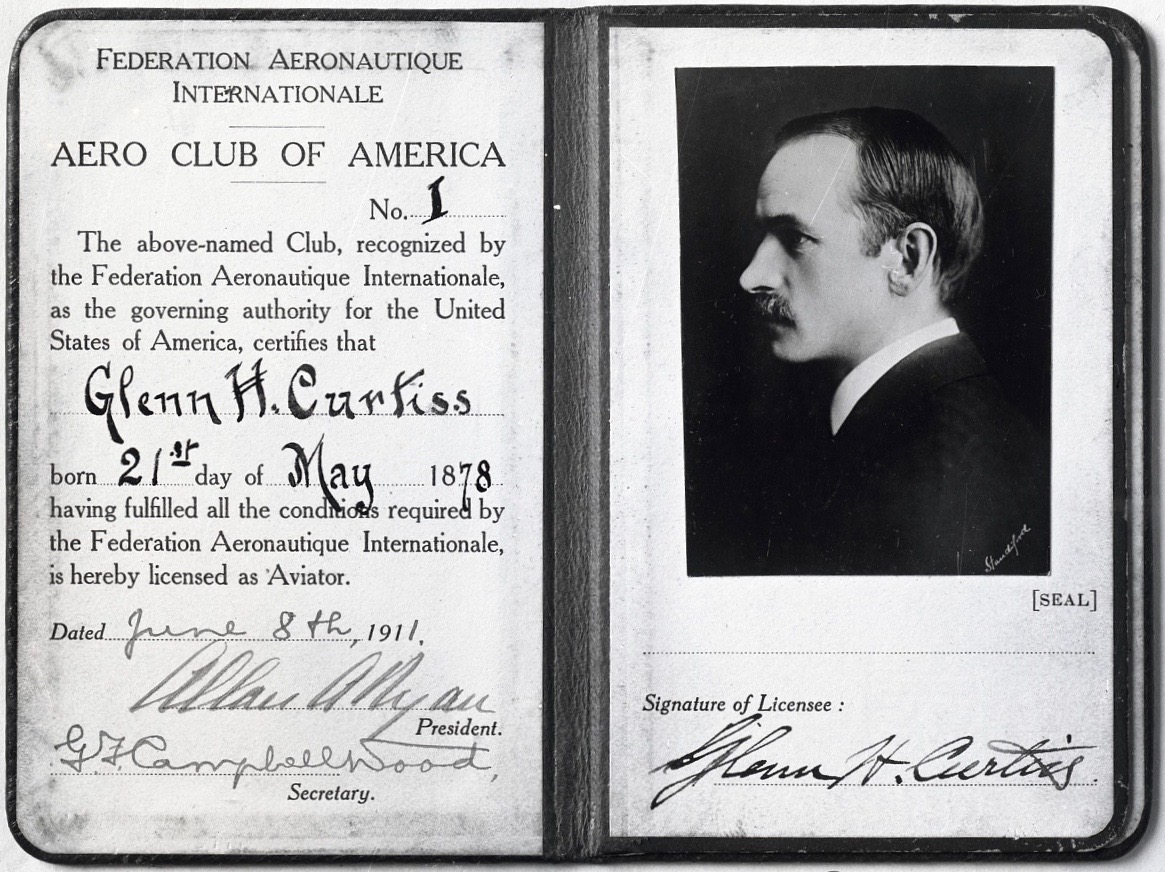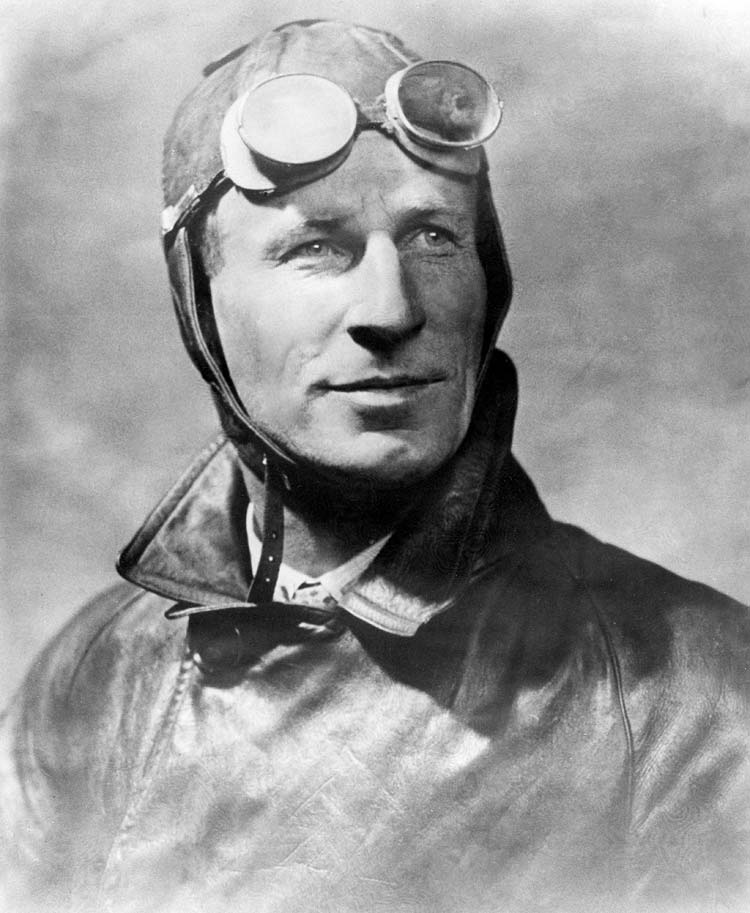
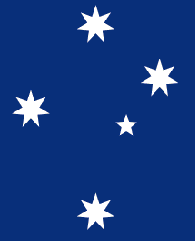 9 June 1928: At 10:50 a.m., Charles Edward Kingsford Smith, M.C., and his crew completed the first trans-Pacific flight from the mainland United States of America to the Commonwealth of Australia. They landed their airplane, a Fokker F.VIIb/3m named Southern Cross, ¹ at Brisbane, Queensland, Australia. The airplane’s crew were Kingsford Smith, pilot; Charles Ulm, co-pilot; Harry Lyon, navigator; and James Warren, radio operator. Their historic flight had begun at Oakland, California, on 31 May.
9 June 1928: At 10:50 a.m., Charles Edward Kingsford Smith, M.C., and his crew completed the first trans-Pacific flight from the mainland United States of America to the Commonwealth of Australia. They landed their airplane, a Fokker F.VIIb/3m named Southern Cross, ¹ at Brisbane, Queensland, Australia. The airplane’s crew were Kingsford Smith, pilot; Charles Ulm, co-pilot; Harry Lyon, navigator; and James Warren, radio operator. Their historic flight had begun at Oakland, California, on 31 May.
The first leg of the flight from Oakland Field, California, to Wheeler Field was 2,406 miles (3,873 kilometers). The elapsed time was 27 hours, 27 minutes. After resting in Hawaii, the crew took off on the second leg to Suva, Fiji, a distance of 3,167 miles (5,097 kilometers). Southern Cross landed at Albert Park. It was the very first airplane to land in Fiji. This was the longest leg and took 34 hours, 33 minutes. The final leg to Brisbane covered 1,733 miles (2,788 kilometers) and took 21 hours, 35 minutes. They landed at Eagle Farm Airport, just northeast of Brisbane, at 10:50 a.m., 9 June 1928. An estimated 25,000 people were there to see the arrival.
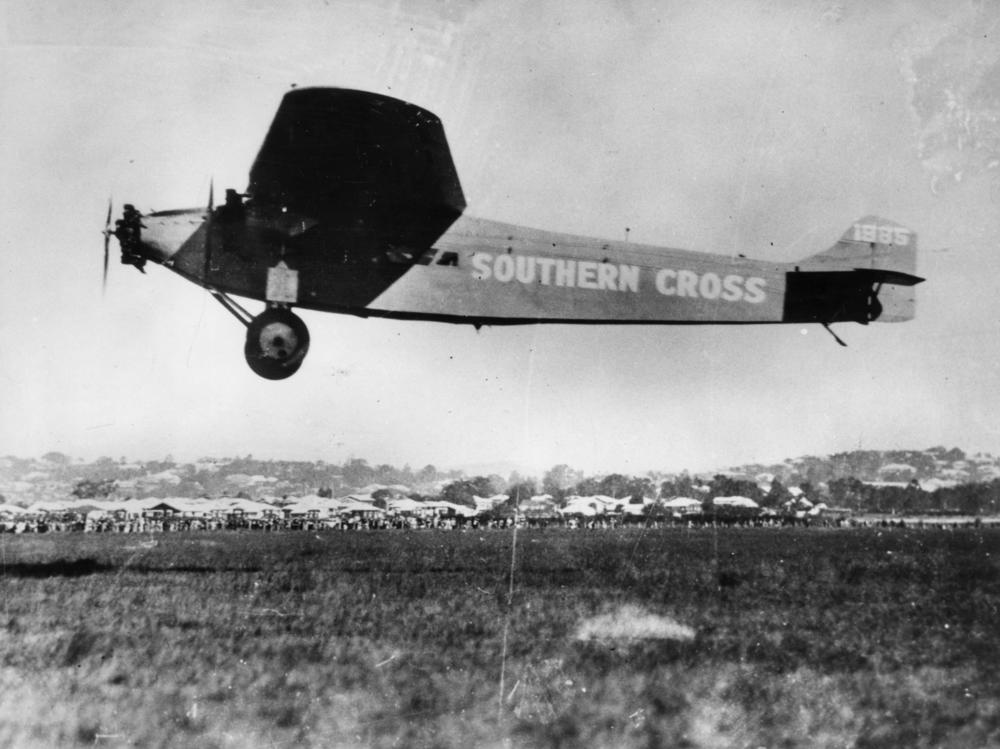
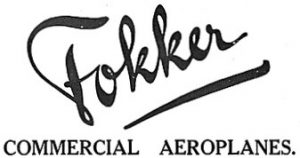 The Fokker F.VIIb/3m was designed and built as a commercial airliner. It was heavier and had a larger wing than the F.VIIa/3m. It was 14.6 meters (47.9 feet) long, with a wingspan of 21.7 meters (71.2 feet) and 3.9 meters (12.8 feet) high. The wing had an area of 67 square meters (721 square feet). Its empty weight was 3,050 kilograms (6,724 pounds) and the gross weight, 5,200 kilograms (11,464 pounds).
The Fokker F.VIIb/3m was designed and built as a commercial airliner. It was heavier and had a larger wing than the F.VIIa/3m. It was 14.6 meters (47.9 feet) long, with a wingspan of 21.7 meters (71.2 feet) and 3.9 meters (12.8 feet) high. The wing had an area of 67 square meters (721 square feet). Its empty weight was 3,050 kilograms (6,724 pounds) and the gross weight, 5,200 kilograms (11,464 pounds).
The F.VIIb/3m had a cruise speed of cruise 170 kilometers per hour (106 miles per hour), and maximum speed of 190 kilometers per hour (118 miles per hour). Its service ceiling was 4,750 meters (15,584 feet). It had a normal range of 1,240 kilometers (771 miles).
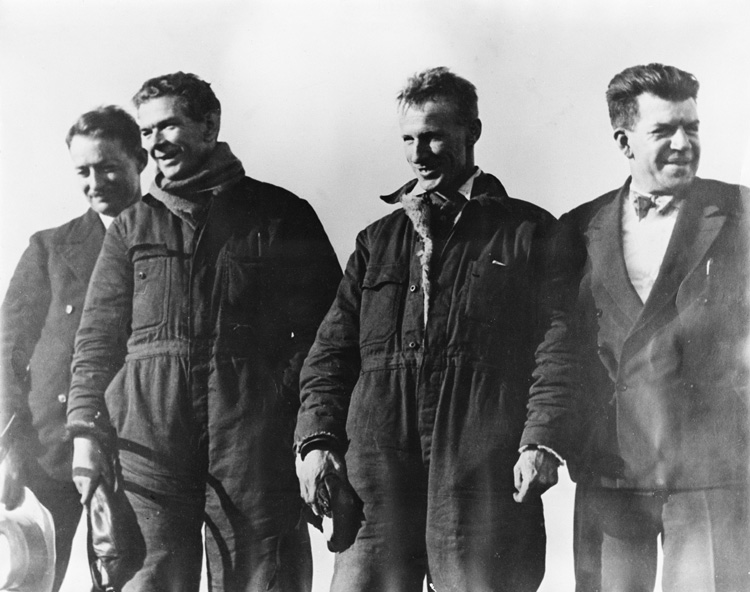
Southern Cross had been built by N.V. Koninklijke Nederlandse Vliegtuigenfabriek Fokker at Amsterdam, Netherlands, for Hubert Wilkins who intended to use it for Arctic exploration. It was the first long-wing F.VII, c/n 4954, which would later be referred to as the F.VIIb. The airplane was crated and shipped to the United States, where it was reassembled by Atlantic Aircraft Corporation, Fokker’s American subsidiary in Teterboro, New Jersey. Wilkins’ expedition was sponsored by the Detroit News newspaper, and he named the new airplane Detroiter.
The airplane was damaged in a hard landing, and together with Wilkins’ single-engine F.VII, Alaskan, shipped to Boeing in Seattle, Washington, for repair. It is commonly believed that the two airplanes were used together to produce the rebuilt Southern Cross. While repairs were ongoing, Wilkins sold the Fokker to Kingsford Smith for $3,000. Kingsford Smith had the original Wright J-4 engines replaced with J-5 Whirlwinds, and the fuel capacity increased to 1,267 gallons (4,872 liters).
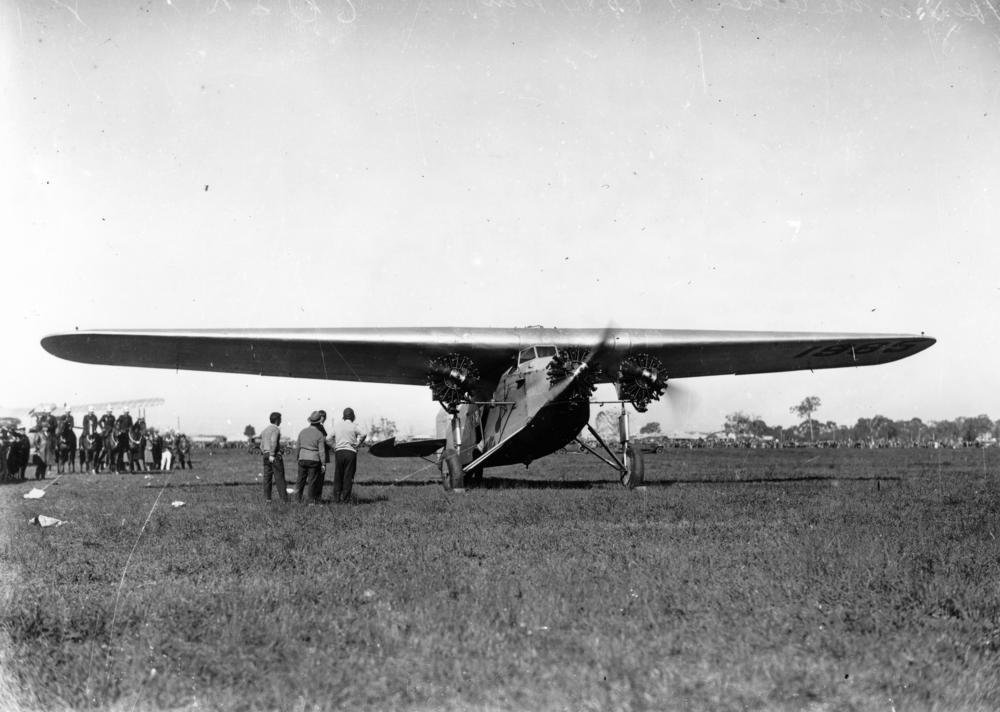
 Southern Cross was powered by three air-cooled, normally-aspirated 787.26-cubic-inch-displacement (12.901 liter) Wright Aeronautical Corporation Model J-5 Whirlwind 9-cylinder radial engines. These were direct-drive engines with a compression ratio of 5.1:1. The J-5 was rated at 200 horsepower at 1,800 r.p.m., and 220 horsepower at 2,000 r.p.m. The engine was 2 feet, 10 inches (0.864 meters) long and 3 feet, 9 inches (1.143 meters) in diameter. It weighed 508 pounds (230.4 kilograms).
Southern Cross was powered by three air-cooled, normally-aspirated 787.26-cubic-inch-displacement (12.901 liter) Wright Aeronautical Corporation Model J-5 Whirlwind 9-cylinder radial engines. These were direct-drive engines with a compression ratio of 5.1:1. The J-5 was rated at 200 horsepower at 1,800 r.p.m., and 220 horsepower at 2,000 r.p.m. The engine was 2 feet, 10 inches (0.864 meters) long and 3 feet, 9 inches (1.143 meters) in diameter. It weighed 508 pounds (230.4 kilograms).
Southern Cross was registered to Charles E. Kingsford Smith, et al., 18 October 1927, by the United States Department of Commerce Aeronautics Branch. It was assigned the registration mark NC1985. (The registration was cancelled 20 March 1930.)
The expense of completing the repairs to the airplane took most of Kingsford Smith’s money, so he sold the airplane to George Allan Hancock, owner of Rancho La Brea Oil Company—think, “La Brea Tar Pits”—the developer of the Hancock Park section of Los Angeles, and founder of Santa Maria Airport in Santa Barbara County, California. Hancock loaned Southern Cross back to Kingsford Smith for the Trans-Pacific flight.
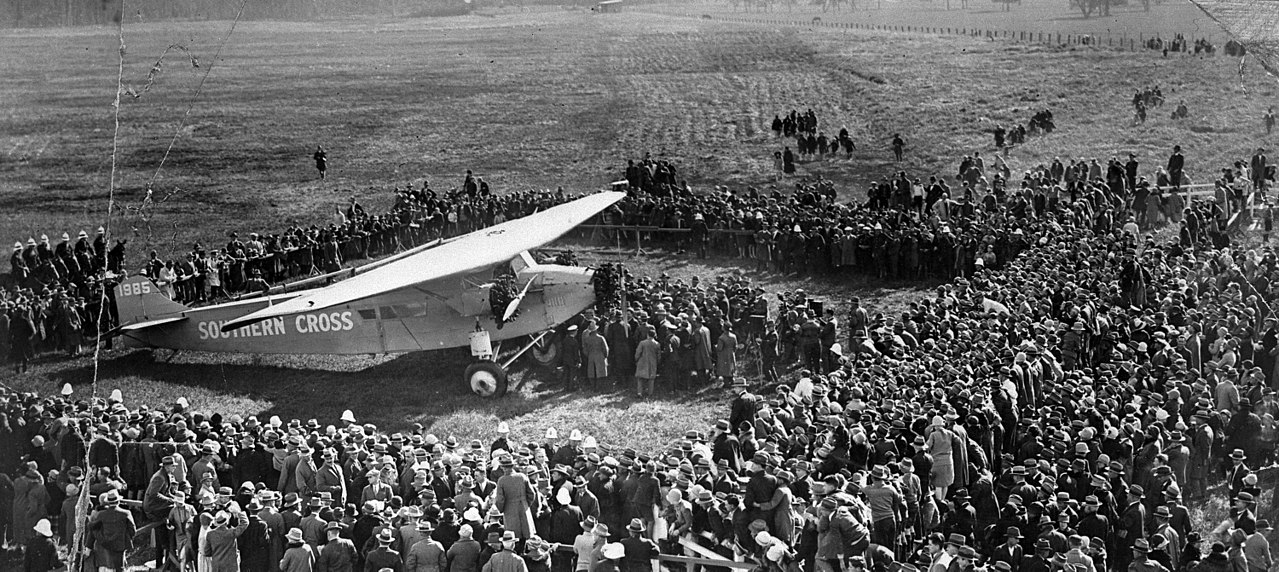
Following its arrival in Australia, the Fokker was re-registered G-AUSU. When Australia began issuing its own aircraft registrations, this was changed to VH-USU.
After several other historic flights, Kingsford Smith donated Southern Cross to the government of Australia to be placed in a museum. It was stored for many years but is now on display at the Kingsford Smith Memorial at Brisbane Airport. ²
Kingsford Smith, formerly a captain with the Royal Air Force, was given the rank of Air Commodore, Royal Australian Air Force, and awarded the Air Force Cross. He was invested Knight Bachelor in 1932. Sir Charles continued his adventurous flights.
On 8 November 1935, while flying Lady Southern Cross, a Lockheed Altair, from Allahabad, India, to Singapore, Air Commodore Sir Charles Edward Kingsford Smith, A.F.C., M.C., and his co-pilot, Tommy Pethybridge, disappeared over the Andaman Sea.
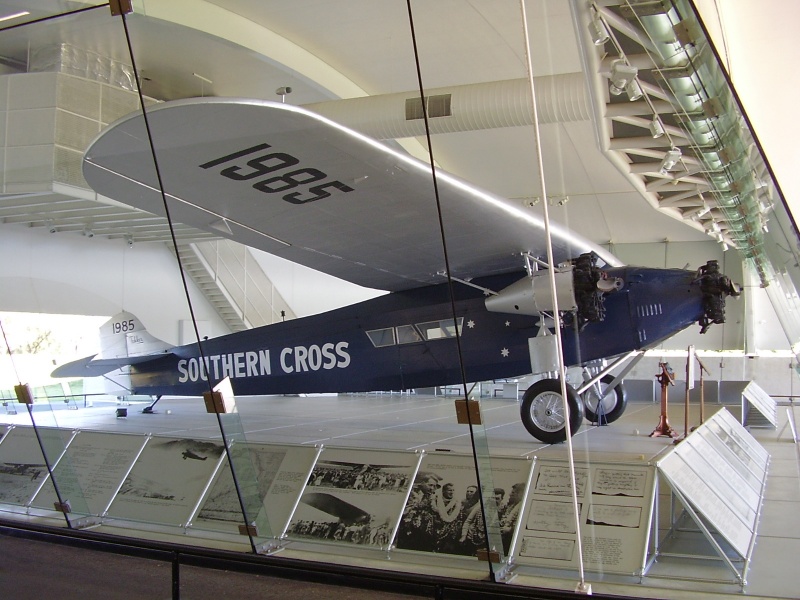
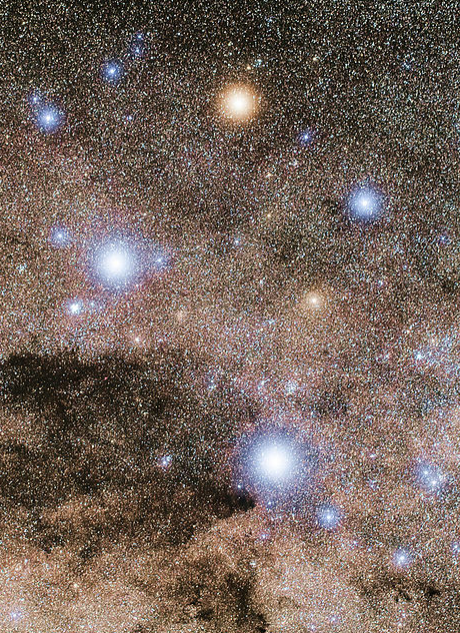
¹ Southern Cross refers to the constellation Crux, one of the most easily recognizable constellations in the southern hemisphere. The constellation is seen on the national flags of Australia, Brazil, New Zealand, Papua New Guinea and Samoa.
² At the time of the Pacific crossing, the fuselage of Southern Cross was painted a light blue color, reportedly the same shade being used on U.S. Army Air Corps training aircraft at the time. It was later repainted in a darker blue, similar to the flag of Australia.
© 2018, Bryan R. Swopes

